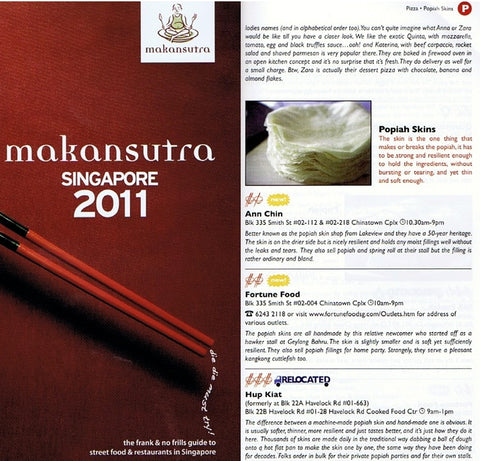The Rich Legacy of Teochew Orh Nee
This beloved dessert is ingrained in our culture and has become an occasion for us to savor the pleasures of our shared heritage. Let's delve into the origins of orh nee and share a few intriguing facts about this delectable treat.
Orh nee, also known as yam paste, is a classic Teochew dessert that has graced the tables of Singaporean households and local restaurants for generations. Its roots can be traced back to the Chaoshan region in Guangdong, China, where the Teochew people originated. Like many culinary treasures, orh nee has traveled across borders and evolved over time to suit local palates, becoming an indispensable part of Singapore's food culture.
The preparation of orh nee is an art form in itself. It starts with the humble yam, skillfully peeled and steamed until it reaches a velvety texture. The yam is then painstakingly mashed and transformed into a smooth paste, combining it with fragrant pandan leaves, rich coconut milk, and a touch of sweetness from sugar or condensed milk. The result is a luscious dessert with a harmonious blend of flavors and a melt-in-your-mouth consistency that delights the senses.
Orh nee is often enjoyed on auspicious occasions, particularly during festive celebrations such as Chinese New Year or important family gatherings. It symbolizes prosperity, abundance, and the continuation of family traditions. Just as our nation thrives on unity and the strength of our diverse cultures, orh nee serves as a reminder of our shared values and the importance of cherishing our heritage. A few examples of when people indulge in the delightful flavors of this beloved treat:
- Festive Celebrations. Chinese New Year. During festive celebrations, such as Chinese New Year, Teochew Orh Nee graces the tables of many households. It symbolizes good fortune, prosperity, and the arrival of a new year filled with abundance. Families gather to partake in this decadent dessert, reinforcing the bonds that tie us together and ushering in a year of shared happiness and prosperity.
- Weddings are another occasion where Teochew Orh Nee takes center stage. It is often served as part of the wedding banquet, representing the hope for a sweet and harmonious marriage. As couples embark on their journey together, Teochew Orh Nee becomes a symbol of the joy and blessings that come with starting a new chapter in life.
- Family reunions and ancestral worship ceremonies are also moments when Teochew Orh Nee is relished. These occasions hold deep cultural significance, honoring our roots and paying homage to our ancestors. Teochew Orh Nee, with its rich flavors and heritage, becomes a delicious way to connect with our past, reinforcing the importance of family ties and carrying forward our ancestral traditions.
Beyond these specific occasions, Teochew Orh Nee is savored throughout the year, often as a comforting dessert after a satisfying meal or as a sweet treat to share with loved ones. Its indulgent texture and delightful flavors make it a cherished dessert that brings joy and warmth to any gathering.
Did you know that the original version of orh nee didn't include coconut milk?
It was only later, when it arrived in Southeast Asia, that coconut milk was introduced, enhancing the dish with its creamy undertones. This adaptation showcases the dynamic nature of our culinary landscape, where traditions from various cultures intermingle to create unique and delightful flavors.
The consumption of orh nee is not merely a gastronomic delight; it represents the embodiment of our shared heritage and the preservation of our cultural identity. We embrace the flavors of our past and celebrate the culinary treasures that have stood the test of time. May the enjoyment of this dessert continue to strengthen the bonds within our families and our nation, just as it has done for generations before us.
Whether it's during festive occasions, weddings, family reunions, or simply as a delightful dessert to enjoy with loved ones, Teochew Orh Nee continues to bring people together, fostering a sense of togetherness and reminding us of the importance of treasuring our shared traditions.



